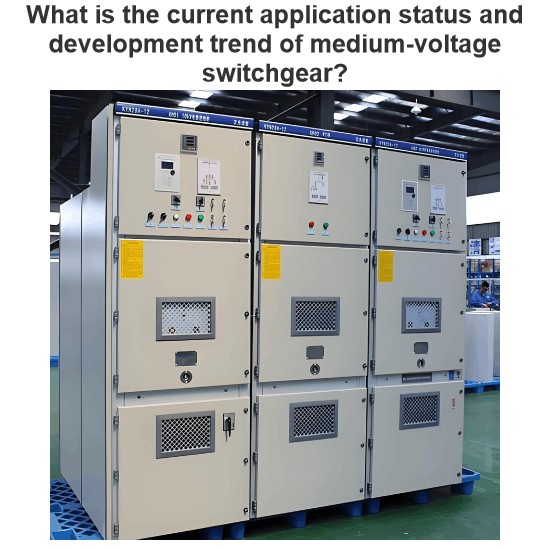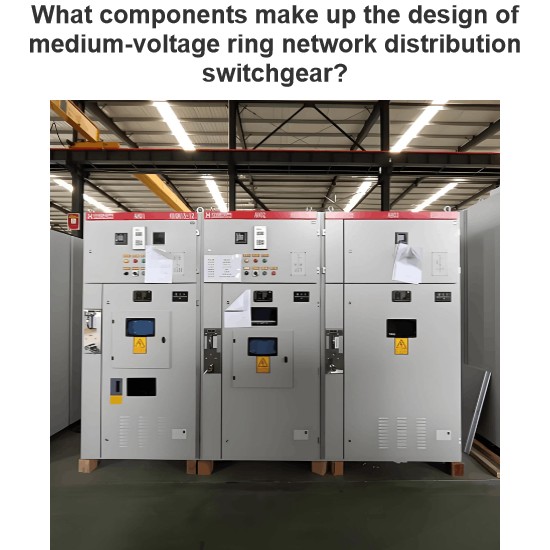What are the disadvantages of using AC motors instead of DC motors in electric vehicles (EVs)?
The use of Alternating Current Motor (AC Motor) instead of Direct Current Motor (DC Motor) in Electric vehicles (EVs) has some potential disadvantages. Although AC motors have many advantages, in some cases, using AC motors can present some challenges. Here are some of the main drawbacks:
Higher cost
Inverter cost: AC motors require an inverter (Inverter) to convert the direct current provided by the battery to alternating current. Inverters are expensive to design and manufacture, which increases the cost of the vehicle.
Control system complexity: The control system of AC motors is usually more complex than that of DC motors, which not only increases the development cost, but also may lead to higher maintenance costs.
Control difficulty increase
Control complexity: The control algorithm of AC motors is usually much more complex than that of DC motors. Ac motors require precise Field-Oriented Control (FOC) and other advanced algorithms to achieve efficient operation, which increases the complexity of the control system.
Efficiency and performance
Efficiency issues: Under certain operating conditions, AC motors may not be as efficient as DC motors. Especially at low speed and low torque, the efficiency of the AC motor may be reduced.
Transient response: DC motors typically respond faster when accelerating and decelerating, while AC motors may take longer to reach the required speed, especially under transient conditions.
Fault diagnosis and maintenance
Fault diagnosis is complex: The fault diagnosis of AC motor systems is usually more complex than that of DC motor systems. This not only requires professional tools and technology, but also requires maintenance personnel to have a high level of technology.
Maintenance complexity: AC motor systems may require more complex maintenance, including the maintenance of inverters and other auxiliary equipment.
Other factors
Space footprint: Auxiliary devices such as inverters can take up extra space, which is especially important for smaller vehicles.
Increased weight: The addition of inverters and other auxiliary devices may increase the weight of the vehicle, thus affecting the range.
Considerations in practical applications
Despite the above shortcomings of AC motors in electric vehicles, in practical applications, AC motors are widely adopted for their higher power density, higher efficiency (especially under high speed and high load conditions), and better thermal management capabilities. In fact, most modern electric vehicles use Permanent Magnet Synchronous Motor (PMSM) or Induction Motor (Induction Motor), both of which are a form of AC motor.
Sum up
Although AC motors have their inherent shortcomings in electric vehicles, such as higher costs, complex control systems, and complex fault diagnosis, these shortcomings can usually be mitigated by advanced control technology and design optimization. In practical applications, the advantages of AC motors (such as higher efficiency and better thermal management) often outweigh these disadvantages, making them the type of motor of choice in modern electric vehicles. However, in specific application scenarios, DC motors may still have certain advantages. The choice of which type of motor needs to be determined according to the specific needs and conditions of use of the vehicle.
The Electricity Encyclopedia is dedicated to accelerating the dissemination and application of electricity knowledge and adding impetus to the development and innovation of the electricity industry.













